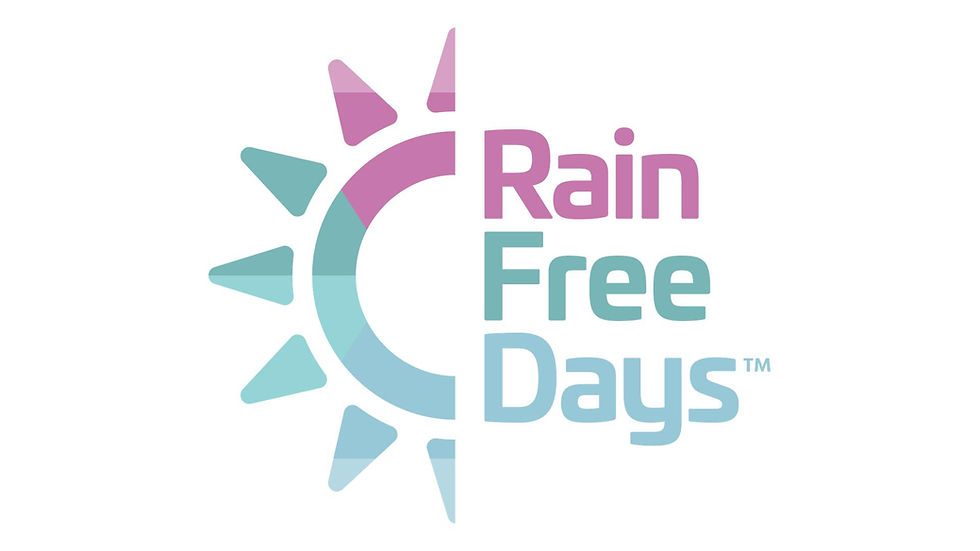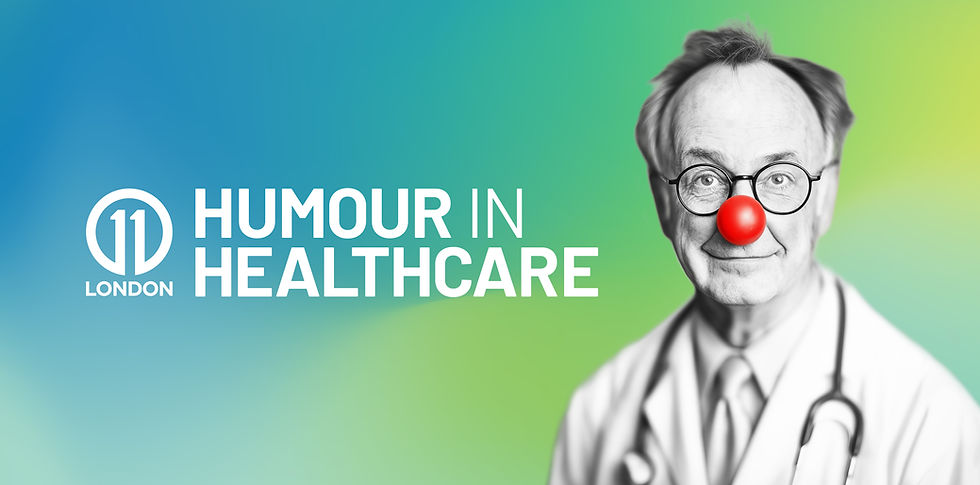The medium and the message: using the best media channels in a post-Covid world
- matthewhunt123
- Feb 14, 2022
- 4 min read
By 11 London’s Jax Lynch and Harry Evans of VCCP media

Recently, we were greeted by this cheery headline: ‘Singing and dancing banned in pubs.’
Only a year ago, the very idea of such a Cromwellian edict would have been inconceivable. But in funny old 2020, it’s par for the course. This pandemic has triggered, and often forced, behavioural changes that would have seemed ludicrously dystopian in 2019. Wear a mask to buy a sandwich? Grass up a neighbour who has seven people round for a barbie? Nothing surprises us now.
Covid has changed us all. Relationships have been severed over Facebook and Twitter, priorities reset, tribes formed. So how has this extraordinary climate affected the way we respond to media channels? And what does this mean for the health organisations and charities who use them to share important messages?
Perhaps most obviously, we’re not going out. We’re not commuting into city centres; we’re not meeting friends for nights out. We are all spending much more time at home. So our consumption of out-of-home media, such as billboards or Tube ads, has plummeted. Instead, we’re spending a lot more time online, watching TV, reading and listening to the radio.
No wonder, then, that digital channels have never been more important. In the health sector, patients’ use of online channels has never been higher. And the importance of digital in the healthcare communications field has also been amplified by the drop in A&E visits brought on by fear of Covid – with a 20% YoY drop in September 2020.
This dramatically reduces footfall in key media environments for healthcare – and presents a real challenge for specialist healthcare advertisers. Given that 82% of people say they’re more likely to engage with health information if they receive it in a healthcare environment, the need for targeting in relevant and contextual digital ad environments is more important than ever.
And our clients are responding accordingly.
They’re successfully using social ads to encourage patients to take control of long-term health conditions. And we’re also seeing a rise in channels that connect doctors to patients without the need for a surgery or hospital visit. These range from remote health management apps like Babylon, to condition-specific apps like MS Connect, and Teva’s Rain Free Days for migraine patients. No longer just static data repositories, these apps are building meaningful connections.
And not just with the young. With 45% of over 75s willing to receive virtual healthcare from traditional providers, it’s clear that this activity should be targeted at all ages.
2020 has also seen a significant change in patients’ digital footprints, with Google searches for NHS services seeing a strong spike. It’s evident that there’s a higher level of integration of technology into people’s mindsets around health and wellbeing, and it provides an additional boost for more effective, contextual media targeting.
And when targeting healthcare professionals, it’s worth bearing in mind that they, too, now spend more time online – with over 65 million messages sent on Microsoft Teams since its roll-out within the NHS this year.
At the same time, health organisations are also seeing excellent results from good old-fashioned radio ads. One VCCP client using a remote channel strategy has seen product sales rise by 10.4%.
For charities, it’s a similar story. Many of the traditional platforms used to disseminate messages and raise funds – F2F, D2D, events - are out of the picture. In their place, broadcast and digital media have become hugely important.
In the early days of Covid, 11 London ran hugely successful emergency campaigns for our charity clients across these channels – and, indeed, via direct mail, which is getting much more attention now that we’re all at home when the post arrives, and has a certain homely appeal when you’re jaded by Zoom.
But it’s not all about Covid. As the year has advanced, we’ve noticed that people (especially existing supporters and younger people) are really digging deep for causes they care about. In fact, recent ads we’ve created that focus on the cause - and don’t try to force a Covid link - have done better than those framed in a pandemic context.
Perhaps people are concerned that non-Covid causes aren’t neglected in these financially straitened times; or maybe it’s the fact that contemplation of our own mortality has forged a deeper emotional response to the needs of others.
For example, 11 London recently created a successful DRTV ad for a children’s health charity. The call handlers told us that very few donors said they were giving for personal reasons: rather, they were simply moved by the ad.
This increase in emotional engagement is also relevant to the healthcare sector. A VCCP client’s social media campaign, featuring people with a similar condition to the target audience, has performed over 180% better than purely product-based ads going to the same audience – and these results continue to improve.
Of course, we’re not the first to recommend using digital and broadcast media right now. Most charities and their agencies have had the same idea. As the year advances, the digital marketplace has grown busier and competition has got tougher.
That’s why it’s absolutely crucial to ensure that your message is right for now. Organisations who’ve done social testing, and learned what works, have been able to make the most of these channels – as fast and cost-effectively as possible.
The environmental charity Earthwatch provides a shining example of how well you can do if you talk about the right things for now. Their Wild Days and Naturehood campaigns capitalised on two big lockdown truths: kids were sitting at home with not much to do; and we’d all started noticing the nature and wildlife in our back yards. Both campaigns gave people something positive and relevant to do in Covid times, without being directly connected to the pandemic itself.
For both health organisations and charities, it’s clear that digital and broadcast channels offer incredible potential right now. But it’s more important than ever to spend a little time understanding what works and what doesn’t – and then to put your most powerful story out. Right place; right time; right message.
About 11 London
11 London is an advertising and communications agency, based in West London. We work in the areas of health and humanity - with organisations, brands or products that improve or prolong life. To learn more about 11 London, please contact:




